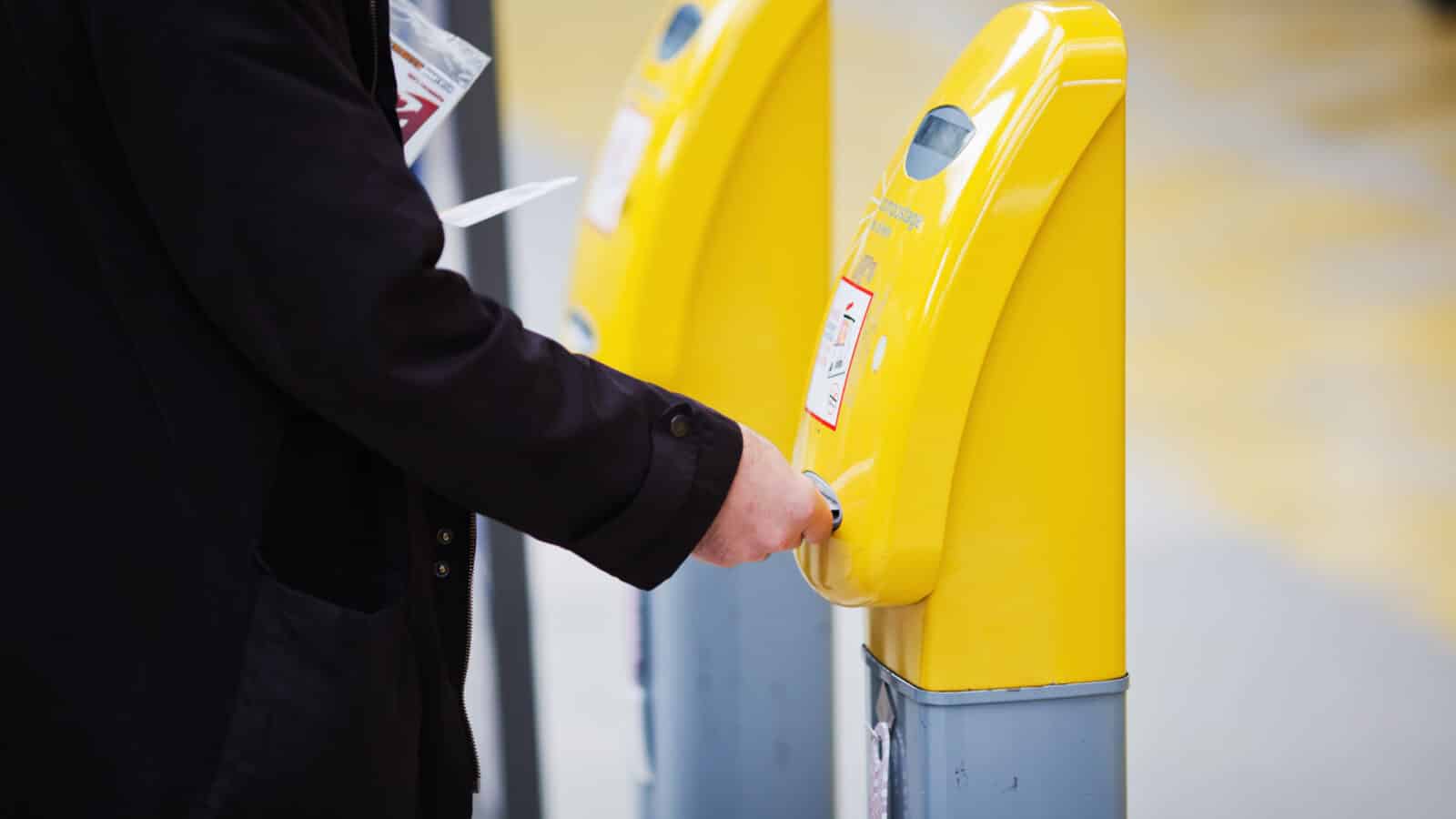Real public transport fares trend downwards in most cities
NineSquared has been tracking public transport fares and looking at trends for the past five years. Each year we publish a fares bench-marking report setting out the cost of fares across a number of cities and transit systems normalised by the minimum wage applying in each of those cities.Normally, the published report provides a one-off snapshot for the year with perhaps some comparison the previous year. In this post, however, we look at one of the public transport fare trends over the past 5 years.
Fares generally increase but not by as much as the minimum wage
The most striking trend is that, for the most part, public transport authorities either increase fares or keep them where they are. Except in Australia, annual fare increases are the exception. not the rule. While there has been growth in fare levels in many cities over the analysis period, transit agencies generally do not change fares every year. In some places, fares have not changed over the five years that we have been tracking them. A small number of cities have even decreased fares, most notably fares in South East Queensland were reduced substantially a few years ago, which together with changes in the zonal structure, reduced fares for most customers.
Perhaps the more important effect in calculating the real change in fares has been the change in minimum wages. Most of the cities that we track in our fares benchmarking report have seen increases in the minimum wage which has resulted in a decrease in the time that is required to be worked to be able to pay for a trip on public transport. The analysis of the public transport fare trends show that Beijing, Seoul, Jakarta, London, Vancouver, Portland and New York all progressed increases in the minimum wage above the increase in fares over the five year analysis period resulting in the cost of public transport declining in real terms over the last five years.
Of course, as we point out in the fares bench-marking report, the minimum wage is not what many all public transport users earn – some earn much more, some earn less. So in real terms, the cost of public transport to an individual may have increased over the past five years. In other cases, it may have fallen substantially for some users. Overall, though, using the minimum wage as a means of normalising the fares charged has some advantages. Generally, both public transport fares and the minimum wage is a decision of government (not necessarily the same government but government nonetheless). Importantly it also allows the opportunity cost of a fare to be understood in practical terms.
Want to know more? Download the fares benchmarking report here

